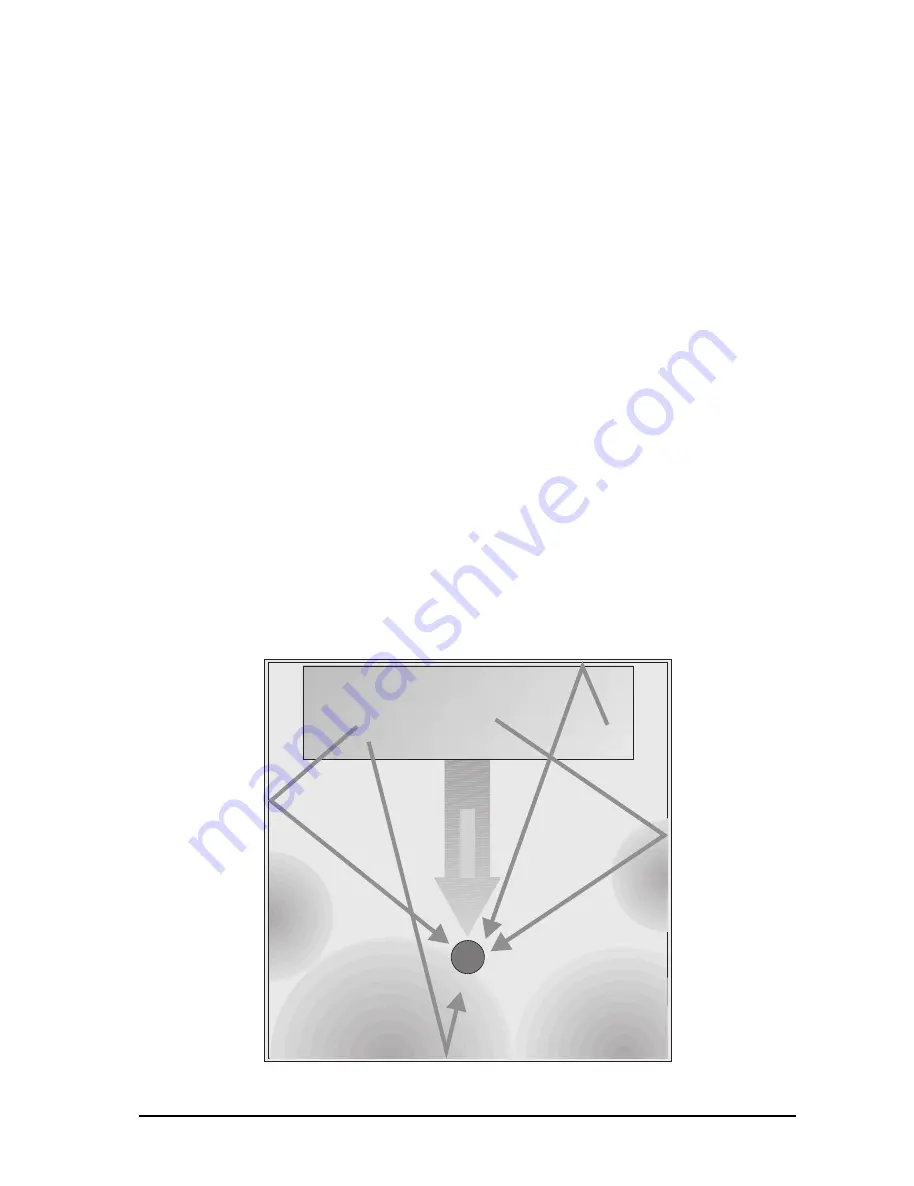
7
1. INTRODUCTION
Since its introduction in the early 80s, artificial digital reverb has been an indispensable standard tool for studio
and live applications. Before, professional reverberation could only be produced by using bulky and expensive
reverberation plates. With the rapid development of digital technology it has become possible to drastically
reduce the price of a good reverb unit, so it is anything but unusual today to find at least one digital reverb
device in the racks of P.A. rental companies and recording studios. Owing to their system structure, most
digital effects processors are also capable of generating other effects in addition to reverberation. These multi-
effects processors enable the user to easily produce a maximum variety of effects featuring pro-level audio
quality.
With the Behringer VIRTUALIZER you have purchased a very powerful multi-effects processor which offers both
first-class reverb sounds and various other effect algorithms. Although you will find a high number of effect
types - 32 newly developed effect types with more than 900 variations - the VIRTUALIZER can be operated
easily and intuitively with its logically structured user interface. The VIRTUALIZER gives you well-known classic
effects such as reverb, delay and chorus, plus a broad spectrum of additional programs including such
extraordinary effects as "Vocal Distortion", "Rotary Speaker Simulation" or "Vocoder". To be able to fully
exploit these effects as well as the other features of the Behringer VIRTUALIZERs innovative virtual acoustics
technology, we recommend that you read this users manual carefully.
1.1 Technical background
Prior to simulating the physical phenomena of reverberation and reflection, it is necessary to analyze how
reverb is generated, and how it is perceived by human hearing.
In a concert hall the sound the listener hears comprises both the source signals (e.g. acoustical instruments,
P.A. system) and thousands of reflections of these "primary signals", which bounce off floor, ceiling and walls
to reach the ear after a short delay. These reflections represent thousands of echos of the direct signal, which
are not perceived any longer as single echos but - due to their sheer number - as reverberation. Basically, the
reflected signal portions reach the ear later than the source signal, and the very fact that they do not arrive from
the same direction as the direct signal (see fig. 1.1), makes it possible to hear spatial information, i.e. to
perceive the direct signal as it is embedded in the room acoustics.
Stage
Listening Position
Direct Sound
Early Reflections
Early Reflections
Diffuse Reflections
Fig. 1.1: Direct and reflected sounds reaching the listeners ear.
1. INTRODUCTION
All manuals and user guides at all-guides.com








































